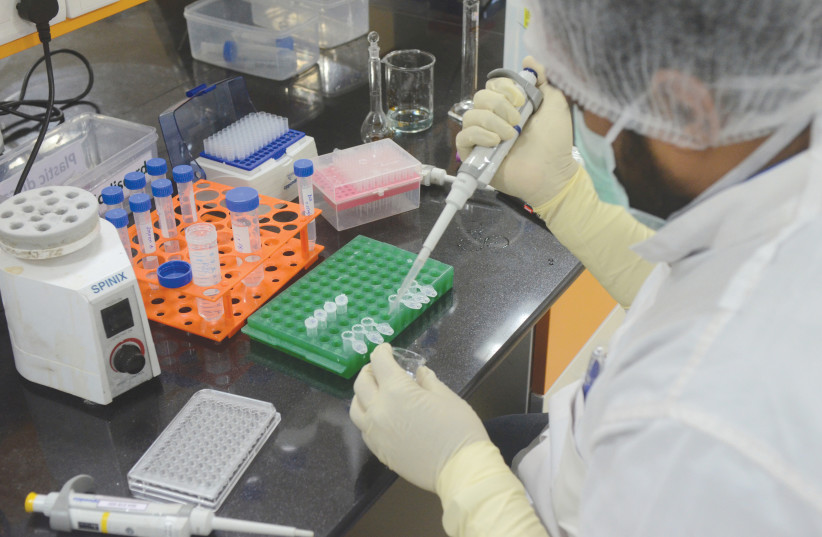An easier procedure to deliver mRNA into cells has been developed by nano-engineers at the University of California, San Diego.
In order to accomplish this, the researchers found, mRNA must be packed inside nanoparticles that mimic the flu virus. The UCSD team published their research in the peer-reviewed German journal Angewandte Chemie in October.
The study addresses the major issue of delivering biological drug molecules into cells safely and protecting them from endosomes – organelles that sort and facilitate or prevent entry of substances into cells – biological therapeutics needs to escape the endosomes in order to do their job inside the cell.
Senior study author and nanoengineering professor at the UCSD Jacobs School of Engineering Liangfang Zhang explained that "the amount of mRNA that actually gets released into cells and shows effect is very low" because current delivery methods lack effective endosomal escape mechanisms; achieving efficient endosomal escape, however, would be a big step forward for mRNA vaccines and therapies.
Zhang and his researchers developed unique mRNA delivery nanoparticles that mimic the flu virus's ability to escape the endosome; these flu virus-like nanoparticles were tested on mice.

Researchers are currently testing the system for the delivery of therapeutic mRNA and siRNA – short interfering RNA that inhibits the expression of certain genes.
